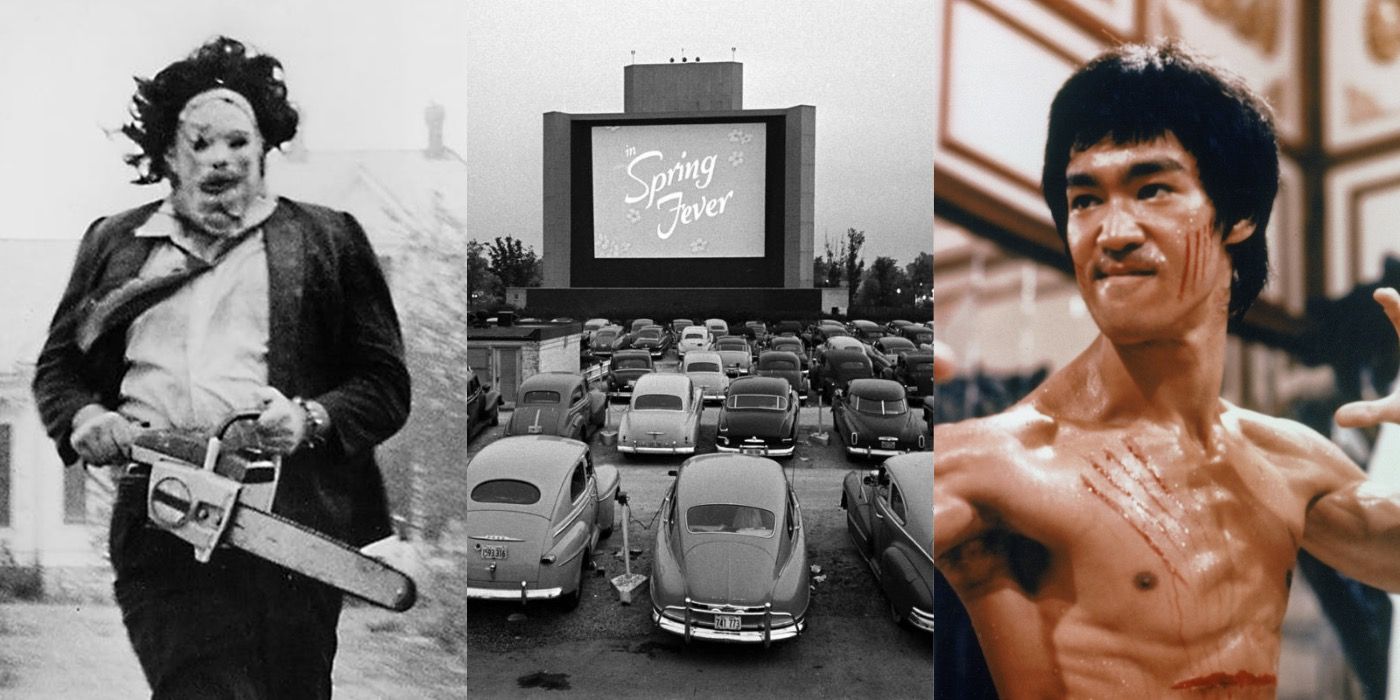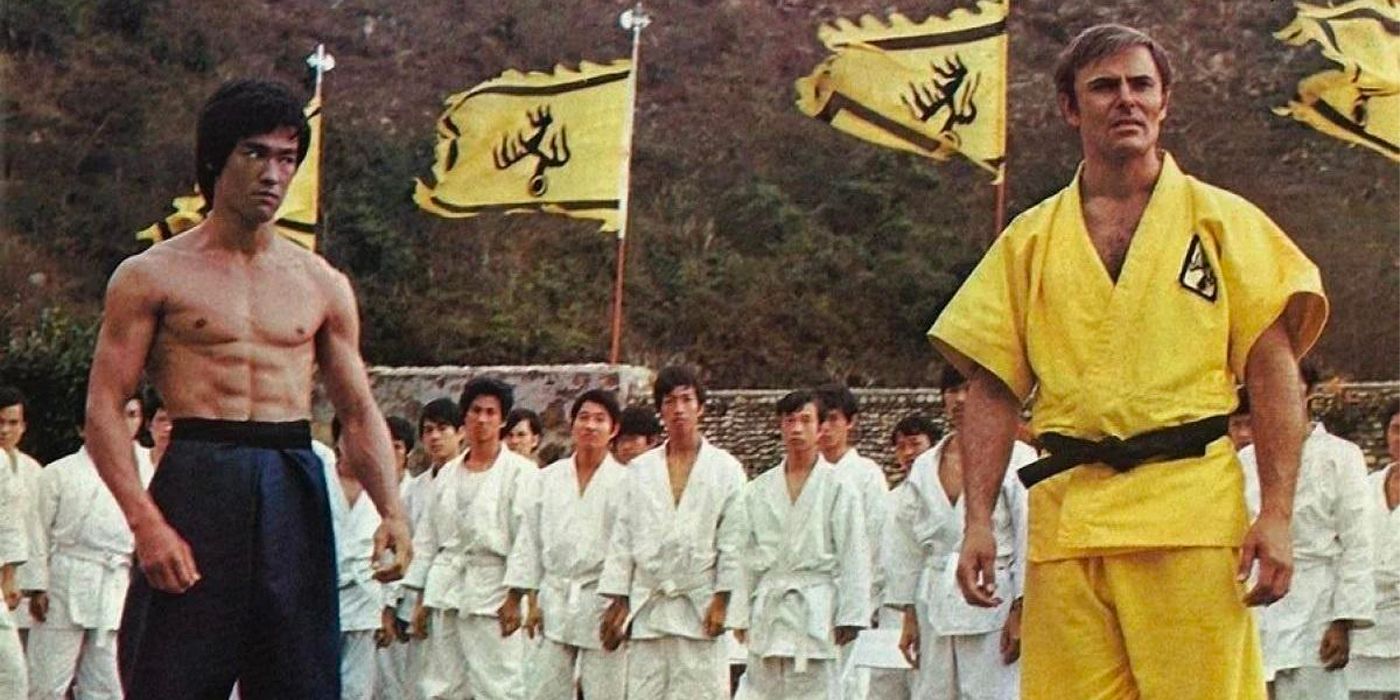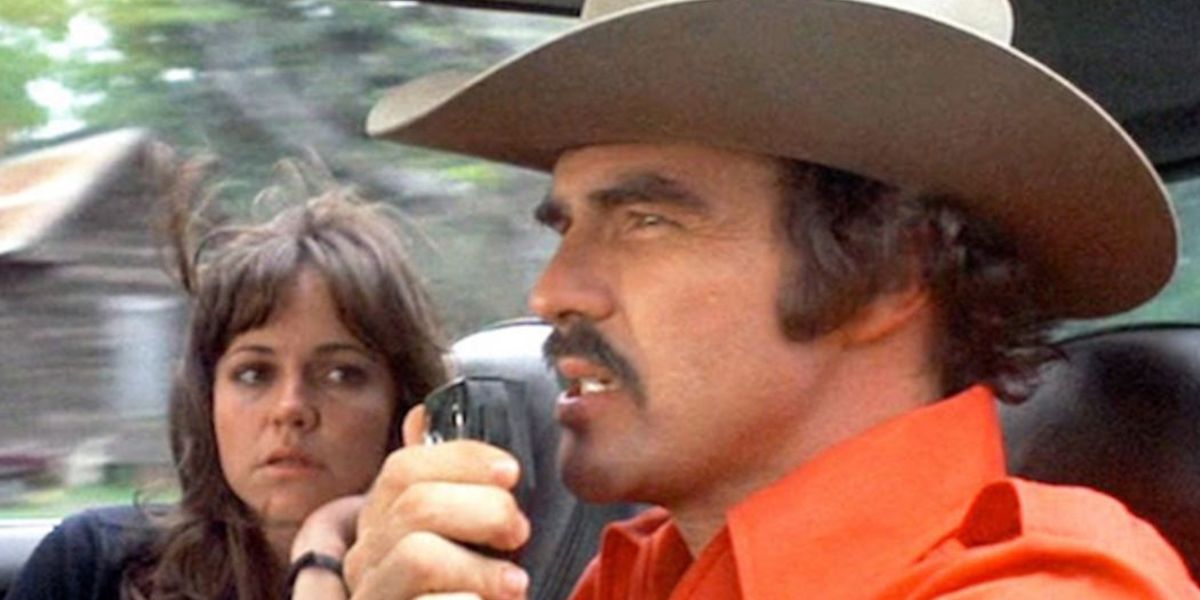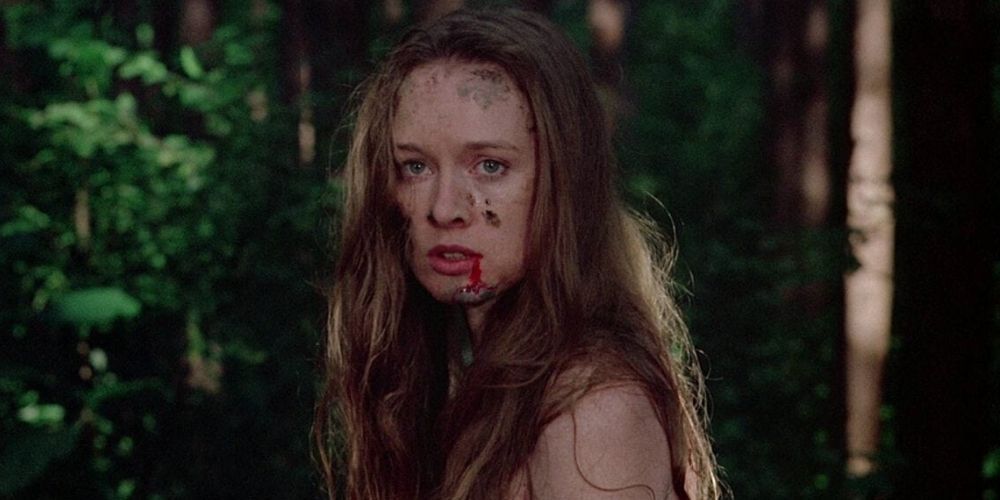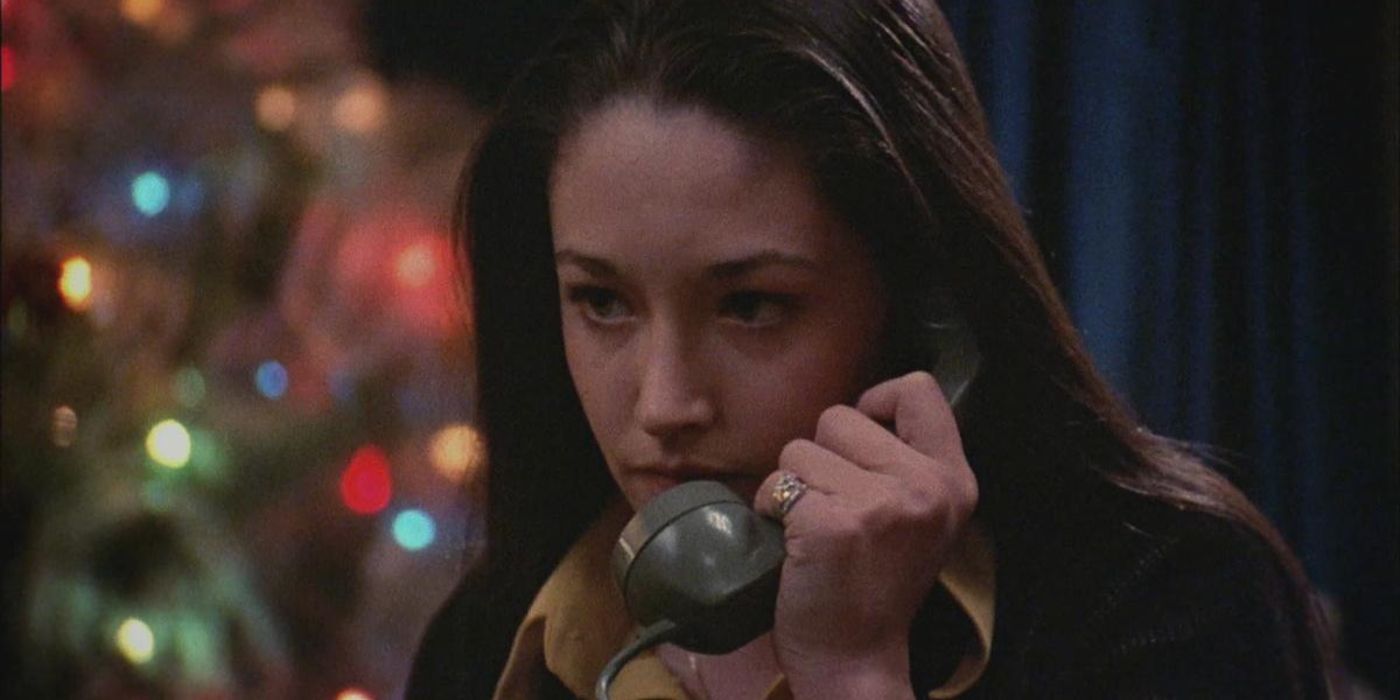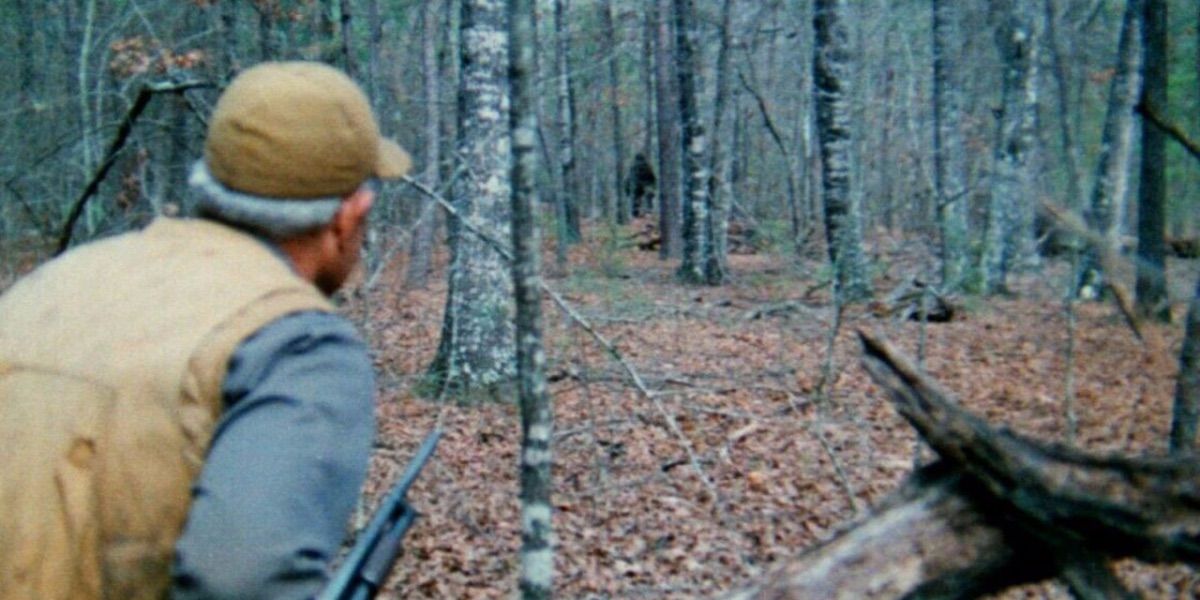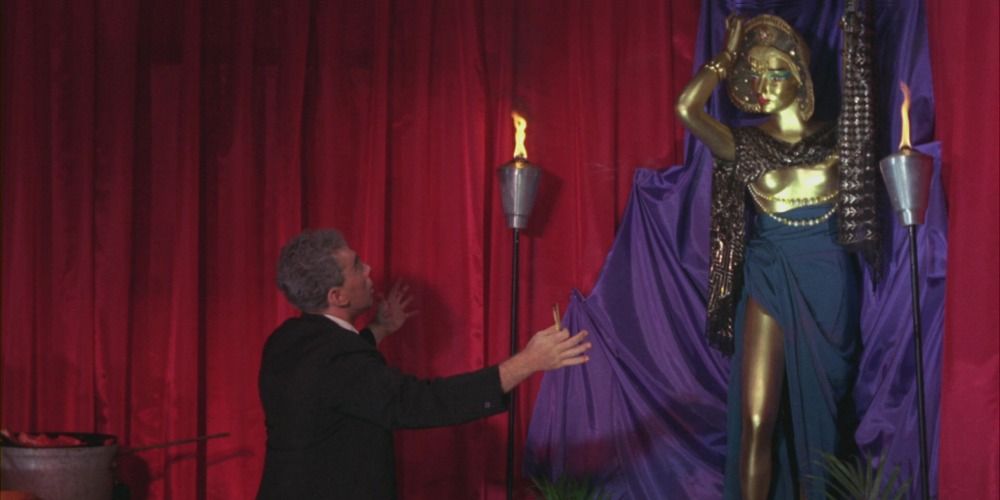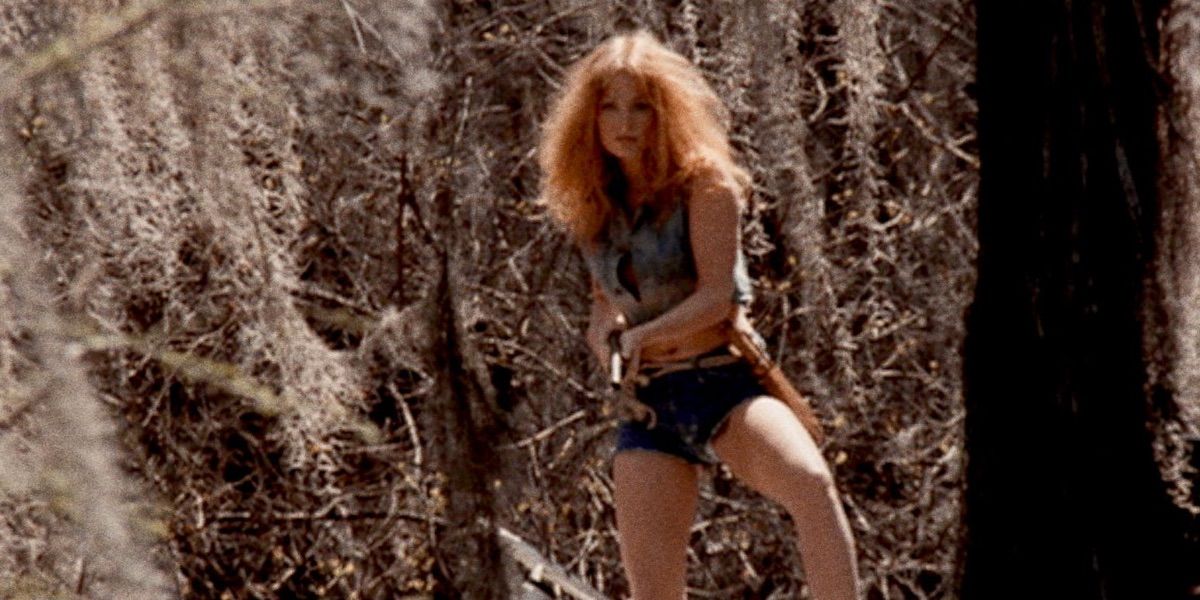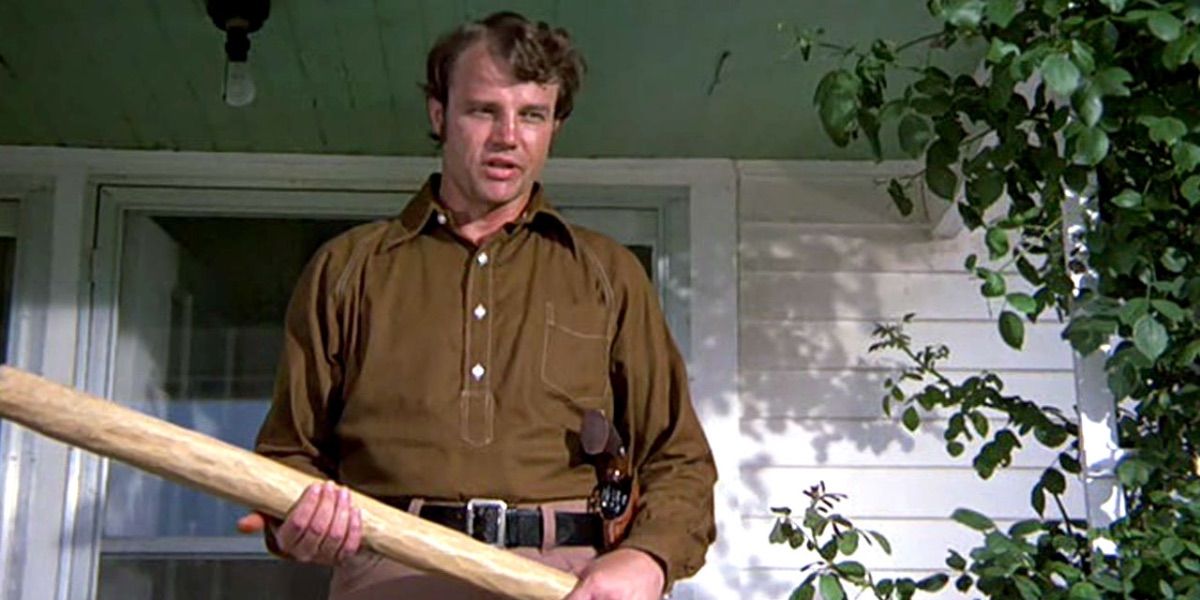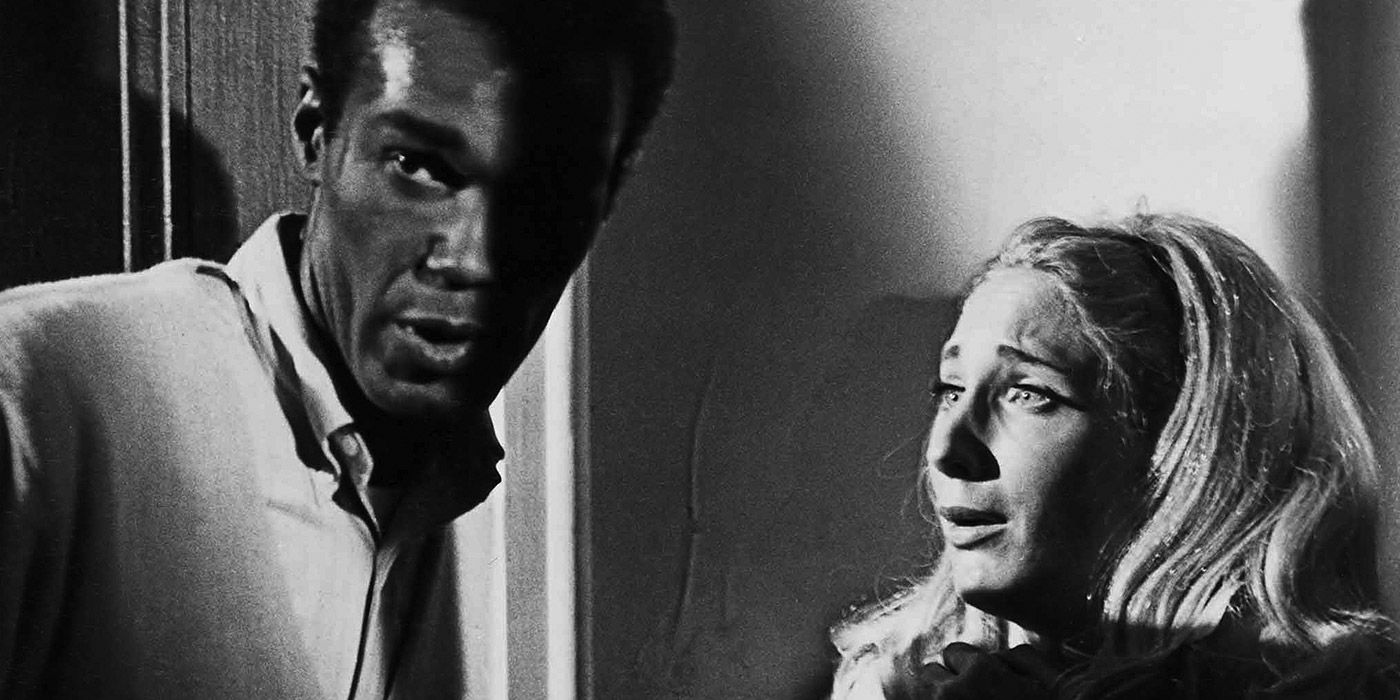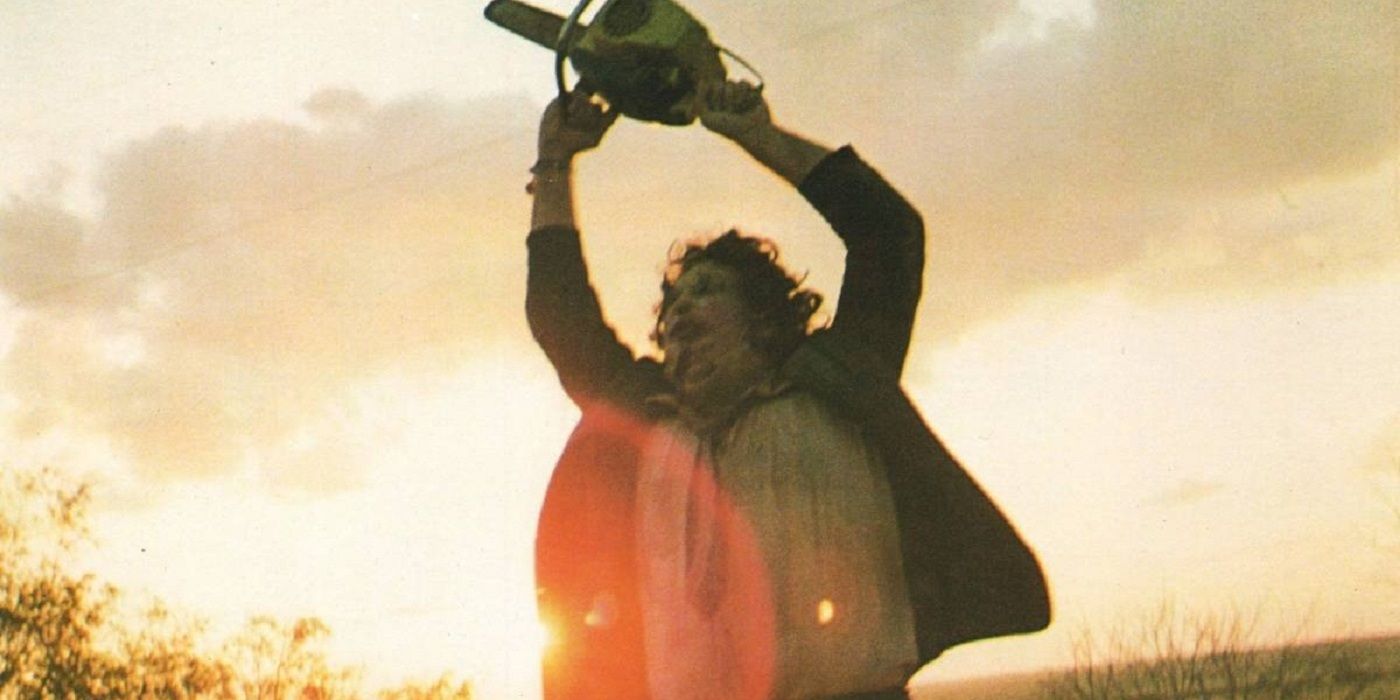Though nearly a lost pasttime, the drive-in theater dominated the moviegoing experience for many decades after the rise of the automobile. Drive-ins were known for playing films of all types from Hollywood blockbusters to exploitation splatter flicks and everything in between.
Though many big-budget films played at drive-ins, it was the smaller, cheaper movies that garnered a reputation as "Drive-In Movies." Whether it was horror classics like The Texas Chainsaw Massacre or Kung-Fu staples like Enter the Dragon, there is no denying the influence that drive-in movies had over world cinema.
Enter The Dragon (1973)
Though many Martial Arts films are considered cinematic classics, the genre has always been relegated to B-Movie status in many parts of the world. Enter the Dragon tells the story of a spy who infiltrates a drug lord's compound to compete in a martial-arts tournament.
Even though it was his last film, it is often considered one of Bruce Lee's best performances and the action within the film is top notch. Enter the Dragon was a tremendous hit with audiences and grossed an inordinate amount of money against its tiny budget. The film spawned a legion of imitators and helped to make Martial-Arts films so popular at grind-house theaters and drive-ins.
Smokey And The Bandit (1977)
Cars not only helped establish the drive-in phenomena but they were also often the subject of films that played successfully in drive-ins. Smokey and the Bandit follows a rebellious truck-driver who is hired to transport liquor across the state line. Along the way he has to outsmart an angry sheriff with his expert driving skills.
Though light on plot, Smokey and the Bandit was the pinnacle of Carsploitation at the drive-in. Packed with exciting chase sequences, the film was a rare critical hit for the drive-in genre and spawned several sequels. The focus of the film centered on the cars themselves, and the automotive action had fans turning out in droves.
I Spit On Your Grave (1978)
Drive-in movies often focused on seedier subjects and intentionally put themselves in opposition to traditional Hollywood cinema. I Spit On Your Grave tells the story of a young woman who is assaulted by a group of men who she then hunts down one-by-one to get revenge on them.
Though difficult to watch with modern eyes, I Spit On Your Grave is one of the scariest entries in the revenge sub-genre and is a time capsule of 1970s independent cinema. It gave drive-in audiences everything they wanted and also reflected the violence and uncertainty of post-Vietnam War era America.
Black Christmas (1974)
A few short years before Halloween would re-write the script for holiday themed horror films forever, Black Christmas made an indelible mark on the slasher genre. A mysterious killer stalks the residents of an all-girls college dorm over the course of Christmas Eve night.
The subject matter was seedy enough that it fit in well with drive-in audiences but Black Christmas also subtly changed horror cinema as well. The film obscure's the killer's identity and makes the story a mystery as opposed to a straight forward horror narrative. Though slightly different from the traditional slasher films of the ensuing decade, Black Christmas paved the way for a sea of imitators that would find varying degrees of success within the genre.
The Legend Of Boggy Creek (1972)
By the 1970s, many of the greatest horror films focused on the human monster. Bloodthirsty killers and vigilantes were all the rage and it reflected the rising tide of violence around the globe. The Legend of Boggy Creek however, returned the horror film to its monster roots by telling the story of the "Fouke Monster," a Bigfoot like creature of Arkansas mythology.
Made in a faux-documentary style, The Legend of Boggy Creek was both traditional and groundbreaking in its approach to filmmaking. By shooting the film like a documentary, the filmmakers were able to cover up their budgetary limitations and make the film for much cheaper than a traditional narrative. Also, the reliance on a big scary monster was reminiscent of the b-horror flicks of the previous decades.
Blood Feast (1963)
Long before the gore films of modern times, director Herschell Gordon Lewis had audiences squirming in their seats with disgusting visuals. Blood Feast follows an Egyptian caterer who kills and butchers various women to serve as an offering to his ancient gods.
Though cheesy by today's standards, Blood Feast was unbelievably violent for the early 1960s. Made for very little money, and with very little skill, the film manages to be as riveting as it is unsettling with its bright and colorful visuals. Similar to other "Dare Films," Blood Feast had audiences turning out night after night to see if they could stomach the gory horror.
'Gator Bait (1973)
Far from the glitz and glamor of Hollywood, the Redneck Exploitation genre often told gritty stories in the backwoods of the American South. 'Gator Bait is the story of a group of inept law enforcement officers who hunt down a woman who lives deep within the bayous of Louisiana.
Blending elements of revenge horror and action together kept the film entertaining throughout its short runtime and even led to an ill-fated sequel. Though the film isn't a realistic portrayal of life in the American South, it spoofs common stereotypes about certain communities similar to the way that many Blaxploitation films did.
Walking Tall (1973)
While drive-in movies usually reveled in debauchery, occasionally films would come along that told their story from the other side of the law. In Walking Tall, a small town sheriff decides to clean up the streets of his city by singlehandedly taking on a syndicate of hardened criminals.
With crime on the rise in the 1970s and many people believing that the fabric of their society was eroding around them, films like Walking Tall filled a void. Hard justice was often a theme within exploitation films and Walking Tall was the drive-in equivalent of big-budget Hollywood films like Dirty Harry.
Night Of The Living Dead (1968)
Few films have been as influential on a sub-genre of horror as George Romero's classic film Night of the Living Dead. The film tells the story of a group of strangers who are trapped in a farmhouse by a hoard of flesh eating zombies.
Aside from being an incredibly well made film, Night of the Living Dead also set a precedent within the zombie film that is still followed today. Before Night, zombies were usually under the spell of a Voodoo curse or some sort of magic. However, Romero's zombies were not fully explained and roamed the countryside looking for flesh. Similar to the uncertainty of the late '60s, the zombies reflected the violence and change that was sweeping the nation.
The Texas Chainsaw Massacre (1974)
The horrors of war had somewhat desensitized audiences to the horrors of fiction, and it took a new generation of filmmakers to shock the world once again. The Texas Chainsaw Massacre follows a group of friends who stumble across a family of killer cannibals deep in the heart of Texas.
The Texas Chainsaw Massacre blended elements of Redneck Exploitation and gore films together in a frightening combination. Shot in a gritty, almost documentary style, the film blurs the boundary between truth and fiction by loosely basing the story on real life events. As a drive-in film, Texas Chainsaw reflected all of the best of what those films could be. It pushed many boundaries in an artful manner and still contained the independent spirit of Drive-In cinema.

